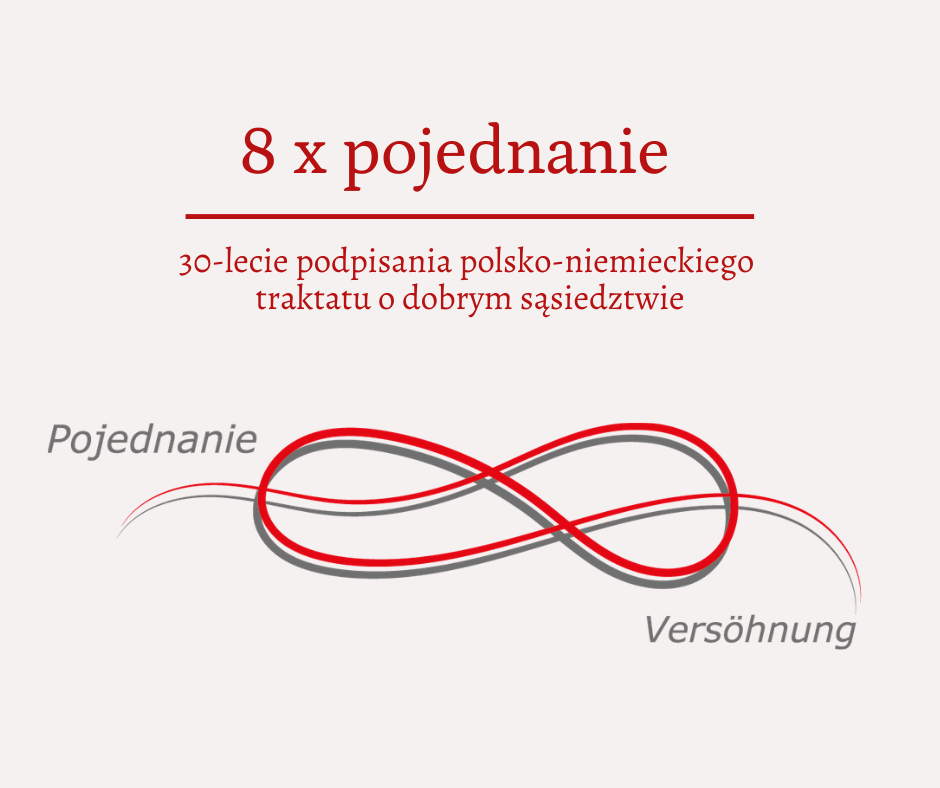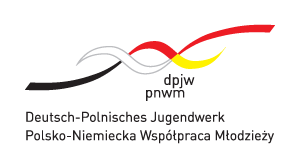
Even though the joint German–Polish Textbook Commission has been in operation for nearly half a century, one can still observe some asymmetry in terms of the information provided in textbooks about the neighbouring country, namely its history and culture of remembrance, on both sides of the border. Therefore, it was of paramount importance that the year 2008 saw the onset of the Textbook Commission’s work on the Polish–German history textbook for secondary schools in Poland and Germany.
In the first place, the curricula in Poland and in 16 German federal states were examined to determine the differences and similarities between them in the historical content taught at the primary and lower secondary school level, and then the actual work began. Following the last education system reform implemented in Poland, it was decided that the textbook being developed would be intended for primary schools (forms 5–8). In the summer of 2020, the publication of the last volume concerning the latest history marked the completion of the works on a 4-volume series of textbooks simply entitled Europe. Our History [Europa. Nasza historia], published by Wydawnictwa Szkolne i Pedagogiczne in Poland and by Eduversum GmbH in Germany. The volumes released earlier spanned the times from the prehistory to the Middle Ages (vol. 1), the modernity (vol. 2), and the period from 1815 until the beginning of the 20th century (vol. 3).
The textbook was written by Polish and German authors who repeatedly exchanged fragments of texts as well as comments subsequently translated into both languages. The editorial teams would meet every few months or even weeks, their members being responsible not only for the correct wording of texts, but also for making them suitable for teaching purposes. The guiding principle was that each page should have almost identical content in both languages. However, it turned out in the preparations that, contrary to the initial assumptions, it was not possible to cover the entire Polish core curriculum in the German version. Therefore, selected historical details which would unnecessarily encumber German students (e.g. Poland’s breakdown into duchies) were provided in the Poland-specific supplements to each of the main four volumes.
The textbook enables students to learn the history of their neighbours and understand which processes in their country’s own history are exceptional, and which represent more broad-scale European trends, or are at least similar to the neighbours’ experiences. This is precisely why it was so important, for example, to compare the ultimate collapse of the Polish–Lithuanian Commonwealth in 1795 and the demise of the Holy Roman Empire of the German Nation in 1806 in the consecutive chapters of Volume Two, or to discuss how differently Napoleon was remembered. Such comparisons, in turn, make it possible to understand the diversity of the cultures of remembrance in Europe.
The purpose of the textbook is to present the history of Europe and, as far as possible, also of the entire world, and to address the Polish–German relationships against such a background. The Polish students will learn more about the Western perception of their region, while the German students will become familiar with the facts from the history of Poland as well as of Central and Eastern Europe which would otherwise remain unknown to them in many aspects. This will make it possible to extend the very notion of Europe, and hence the title of the entire series: Europe. Our history.
The fundamental principle envisaged by the board of experts was that the textbook should represent multiple perspectives, and not only Polish and German, but also that of the centre and the periphery, the colonisers and the colonised, women and men, etc. Secondly, the authors applied the principle of controversy in discourse by highlighting various possible views and interpretations of events and processes. Changing perspectives and, consequently, teaching critical thinking will allow students to assume a critical stance towards the history of both countries, perceived from a wider angle than that of their respective nations, and to track the mutual interactions and shared contexts in Europe.
The textbook contains a section entitled Points of View, making it possible to compare different opinions on the same chosen matter, which sometimes may be contradictory or simply point at different aspects of the same problem, thus enabling students to understand that, in many cases, there is no single historical truth. An example of such an approach is the compilation of the statements of professors Andrzej Ajnenkiel and Włodzimierz Borodziej on what the Battle of Warsaw of 1920, also known as the Miracle on the Vistula, actually was. The textbook also reveals how Poland and Germany influenced each other in cultural terms, and describes regions which both divide and unite the nations on account of their difficult past. Another interesting feature is The Past in the Present section, showcasing how selected facts or events function in the collective memory. In fact, memory was one of the points of contention while the textbook was being prepared, just as some didactic and translation aspects.
In Poland, the textbook is awaiting the results of the last volume’s review process, while it has already been approved for use in schools in Germany, in all Lands except Bavaria, where it is said to contain too little information on Bavarian regional history. In 2021, the last volume received the prestigious Textbook of the Year award in Germany under the society category, granted by the Georg Eckert Institute, the Federal Agency for Civic Education, and the Didacta Association.
It should also be mentioned that, over the long years of the textbook preparations, there were ca. 100 workshops held for Polish and German teachers, and the textbook itself was presented approx. 100 times at various scientific and cultural events. As such, it is an invaluable asset whose influence can already be observed at schools in both countries.
Based on the article by B. Dziewanowski-Stefańczyk, “Pojednanie poprzez podręcznik,” Więź, 4/2020, pp. 200–210
________
Bartosz Dziewanowski-Stefańczyk – holder of the PhD title in history, Deputy Head of the Scientific Department of the European Network Remembrance and Solidarity, and associate of the Institute of History of the Polish Academy of Sciences. Former researcher at the Centre for Historical Research of the Polish Academy of Sciences in Berlin and scientific secretary of the joint Polish–German Textbook Commission and of the Polish–German textbook project. His research interests include cultural diplomacy, historical politics, and Polish–German relations.



